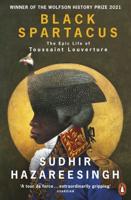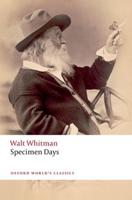Publisher's Synopsis
This volume describes a remarkable career that began when Williams entered boot camp in 1940 and then went through machinist's mate school at the Ford Motor Company. He served 1941-44 in the seaplane tender USS Matagorda (AVP-22), advancing from fireman to chief machinist's mate. In 1944 he was commissioned an ensign and went through a number of combat landings in the Pacific on board the rocket-equipped infantry landing craft USS LCI(R)-225. In 1945 he became her skipper. Tours of duty later in the 1940s: the Columbia River Group of the Pacific Reserve Fleet, the destroyer USS Robert L. Wilson (DD-847), and Submarine School. In the 1950s he fit in studies at the University of California at Berkeley among tours on board the submarines USS Ronquil (SS-396), USS Icefish (SS-367), and the hunter-killer submarines USS Bashaw (SSK-241) and USS Bluegill (SSK-242). He commanded the latter during intelligence operations in the North Pacific. He also spent a year as a student at the Naval War College and was picked by Admiral Hyman Rickover for the Navy's nuclear power course, even though he didn't yet have a college degree. In the early 1960s he put two ballistic missile submarines into commission as skipper, the USS Robert E. Lee (SSBN-601) and USS George Bancroft (SSBN-643). He served from 1966 to 1968 as deputy director of the Special Projects Office and later led a study group that developed plans for the Los Angeles-class attack submarines. After serving as chief of staff to ComSubLant, Vice Admiral E. P. Wilkinson, Williams was selected for flag rank. In 1973-74 he commanded the Norfolk Naval Shipyard, and from 1974 to 1977 served as Commander Submarine Force Atlantic Fleet. In retirement he worked for the Electric Boat Division of General Dynamics.









